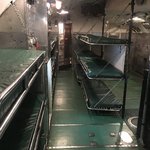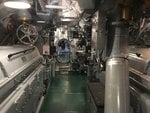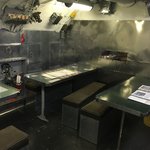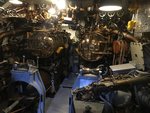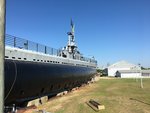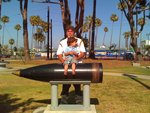Recently I went and visited the WW2 Battleship BB-60, USS Alabama, and WW2 Submarine SS-228, USS Drum. Both served in the Pacific Theater during WW2.
The Alabama was commissioned on 16 August 1942, and during the course of the war earned 9 Battle Stars.
Class: South Dakota Class Battleship
Length: 680 ft.
Displacement: 35,000 tons
Crew: 1739
Armament: 9 x 16 in, 20 x 5 in, 24 x Bofors 40mm, 22 x Oerlikon 20 mm










The Alabama was commissioned on 16 August 1942, and during the course of the war earned 9 Battle Stars.
Class: South Dakota Class Battleship
Length: 680 ft.
Displacement: 35,000 tons
Crew: 1739
Armament: 9 x 16 in, 20 x 5 in, 24 x Bofors 40mm, 22 x Oerlikon 20 mm

